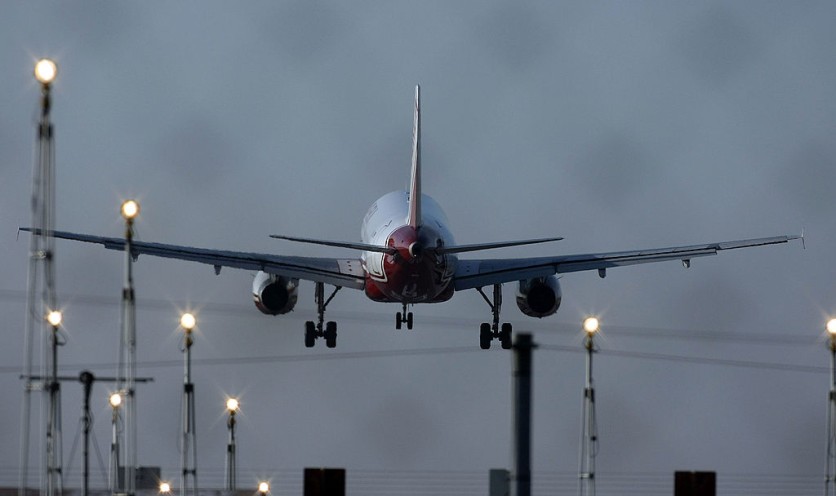The Federal Aviation Administration (FAA) is weighing in on requiring all planes to be equipped with technology designed to prevent pilots from landing on the wrong runway or a taxiway.
According to the Associated Press, while newer commercial aircraft are equipped with some of these safety features, a considerable number of older planes and private ones lack this capability.

FAA Calls Upon an Internal Advisory Group of Experts
To address this, the FAA has called upon an internal advisory group of experts to provide recommendations on implementing systems that would promptly alert pilots if they are on course to land on an incorrect runway or a taxiway or when the runway they have selected is too short.
This move is part of the FAA's broader initiative to mitigate "serious close calls." It comes after seven such incidents since the start of the year, which have been under investigation by the National Transportation Safety Board (NTSB).
The AP reported that most aircraft are already equipped with GPS-based systems that issue warnings to pilots in scenarios where collision with terrain or obstacles is imminent.
Entities like Honeywell enhance these systems with supplementary data during taxiing, taking off, and landing phases, thereby minimizing the likelihood of close calls or runway-related incidents.
Although many commercial aircraft currently possess technology that alerts pilots to potential wrong runway landings, this capability is not presently obligatory. Douglas Moss, a retired airline pilot and aviation instructor at the University of Southern California, emphasized this to AP.
Chris Manno, an airline pilot and aviation blogger, also told the outlet that limitations in GPS precision could impede the technology's ability to caution pilots about wrong runway landings, particularly in situations where parallel runways are in close proximity.
An Air Canada incident at San Francisco International Airport in 2017 serves as a striking example, wherein the aircraft nearly collided with others after misidentifying a taxiway for the runway.
Manno expressed support for the FAA's initiative, asserting that warnings about runway length or landing at the wrong airport are both feasible and immensely valuable.
Close Calls
Initial reports on close calls this year have indicated instances of pilot error and air traffic controller blunders, according to AP. The NTSB disclosed that a blocked radio transmission was responsible for a near-miss involving Southwest and SkyWest planes at San Diego International Airport in June.
Transportation Secretary Pete Buttigieg highlighted a surge in the more severe category of close calls earlier this year. He emphasized the FAA's efforts, including a safety summit in March and increased investment in airport infrastructure, as measures taken to reduce such incidents.
Due to the absence of a fatal crash involving a US airline since 2009, industry and government figures have emphasized that safety standards continue to improve.
On the other hand, Transportation Secretary Pete Buttigieg told the AP that those remarks do not indicate complacency. He urged vigilance in addressing potential issues before they escalate into incidents.
"When you have a year with zero fatal crashes, you have to concentrate your efforts on keeping it that way by turning to anything that could have led to a problem if it hadn't been caught... We're moving toward anything that could even come close to an incident," Buttigieg told the outlet.
FAA's associate administrator for safety, David Boulter, emphasized that while alerting technologies are crucial, addressing human factors also plays a pivotal role in averting close calls.
Related Article : Elon Musk: SpaceX Starship is Fully Stacked and Ready for Launch, Only Awaiting FAA Approval

ⓒ 2026 TECHTIMES.com All rights reserved. Do not reproduce without permission.




